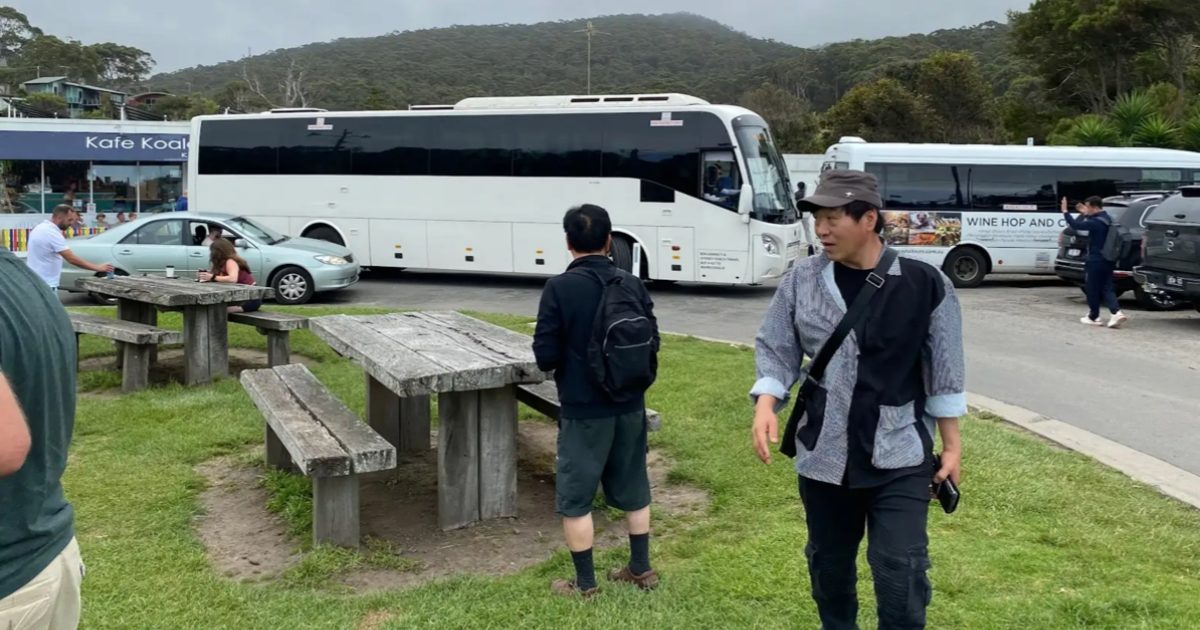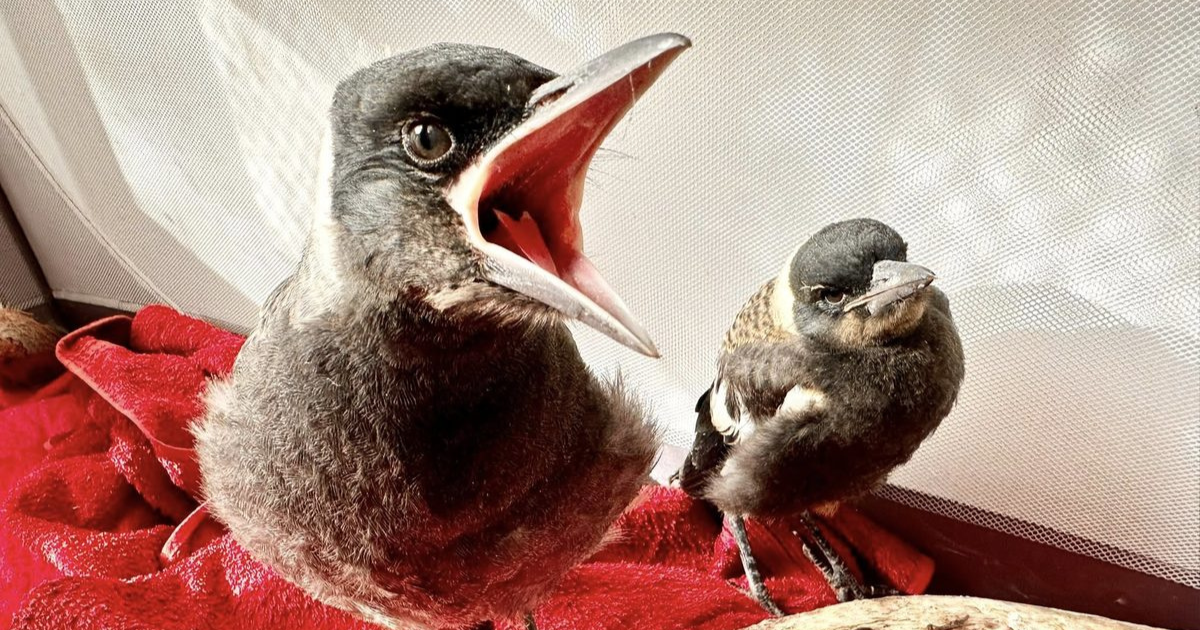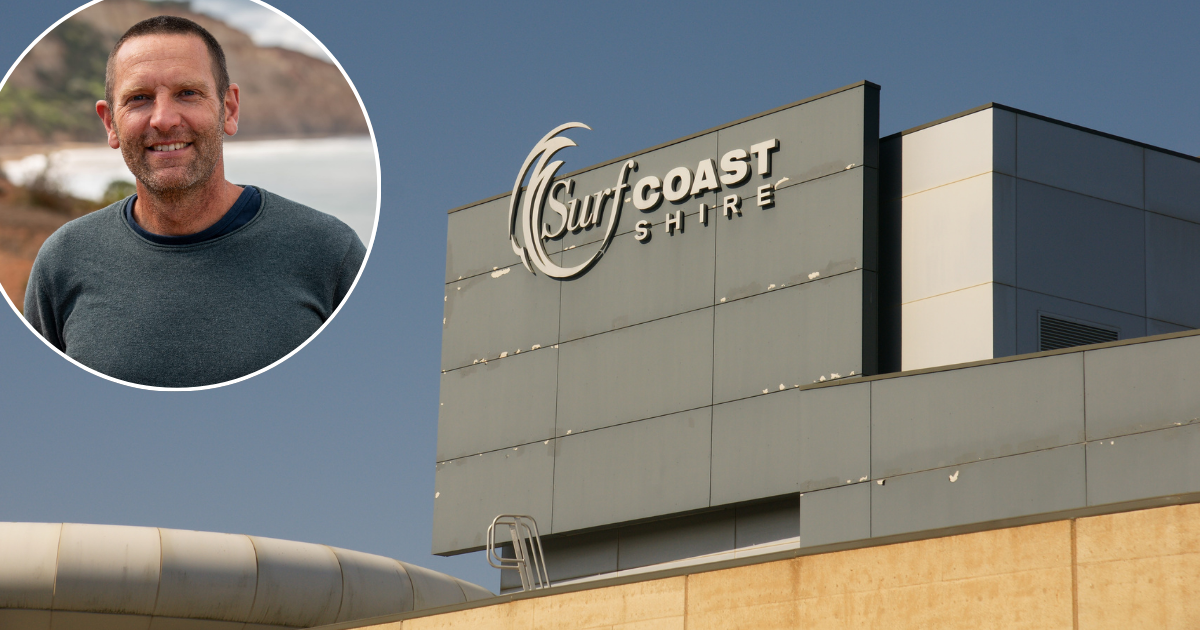City embarks on compulsory land acquisition in growth areas

The Sparrovale Wetlands is the destination for much of the run off from the Armstrong Creek growth areas. Photo: CITY OF GREATER GEELONG
THE CITY of Greater Geelong (COGG) is mandatorily acquiring at least eight properties around Armstrong Creek to construct drainage from the estate areas and widen roads and intersections in the area.
A majority of the properties are adjacent to Boundary Road that runs east-west across Torquay, Horseshoe Bend and Barwon Heads Roads, ending at the Sparrovale Wetlands site where much of the runoff from the growth areas is to be sent.
Earlier this year Corangamite federal member Libby Coker raised a series of concerns about infrastructure delays in the area, including a ‘temporary water retention facility’ at Ashbury Estate – referred to as the swamp by locals – that is currently capturing stormwater from the area.
The dam on Horseshoe Bend Road currently occupies the site where Ashbury residents say several sports fields and open-space areas are meant to have been built, but now have a 2028 completion date.
Council has described Ashbury as “an out of sequence development” and said it is intervening in the Boundary Road precinct “more than any other in Armstrong Creek”.
“The council seems unwilling to accept that it has approved an estate to go ahead without necessary infrastructure in place, such as safe major access roads and key stormwater drainage … why was it approved ‘out of sequence’ before the necessary storm drainage was in place?” Ms Coker responded.
Council’s planning director Gareth Smith also said the Ashbury Estate developer “has not been able to deliver” on required drainage infrastructure and the city was now intervening by compulsorily acquiring properties.
That claim was rebuffed by Ashbury Estate developers the Dennis Family Corporation (DFC), its CEO Peter Levinge said “no properties within Ashbury are subject to compulsory acquisition”.
“Council is acquiring properties within Armstrong Creek for the purpose of drainage. DFC is not involved in the process.”

Increasing stormwater runoff from growth area estates is damaging nearby wetlands, many of which are largely saline environments, and the construction of the Sparrovale Wetlands site is considered crucial in alleviating the strain they’re under.
“The concept for the Sparrovale Wetlands came from the need for a sustainable drainage solution for Armstrong Creek,” Geelong mayor Stephanie Asher said in May 2020.
Urgency around the issue recently stepped up with the wetlands being considered for Ramsar site listing that, if approved, triggers a series of mandatory actions from the local, state and federal government to ensure their environmental protection.
According to COGG’s Sparrovale Wetlands Master Plan released two years ago, the site is being developed in three phases.
Phase one (2019-2022) states “completion of major drainage infrastructure works, pest plant and animal control, protection of threatened species and preparation of a revegetation plan”.
Phase two (2022-2030) entails the establishment of public reserve, plus continued pest plant and animal control and revegetation.
Phase three (2030-2040) is the connection of the Barwon River Trail to Geelong, and promotion of Sparrovale Wetlands as a key tourism, environmental, cultural and recreational site for the region.
Geelong council’s 2022-23 budget contains projected expenditure of more than $37 million over the next four years under its Armstrong Creek land acquisition program.
A separate line item for the Sparrovale Wetlands Project Implementation has council budgeting a recurrent figure of $523,487 over the next four years.

















